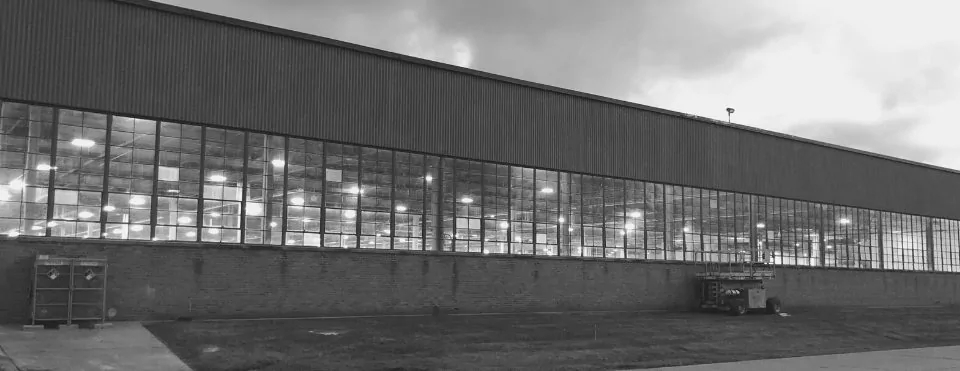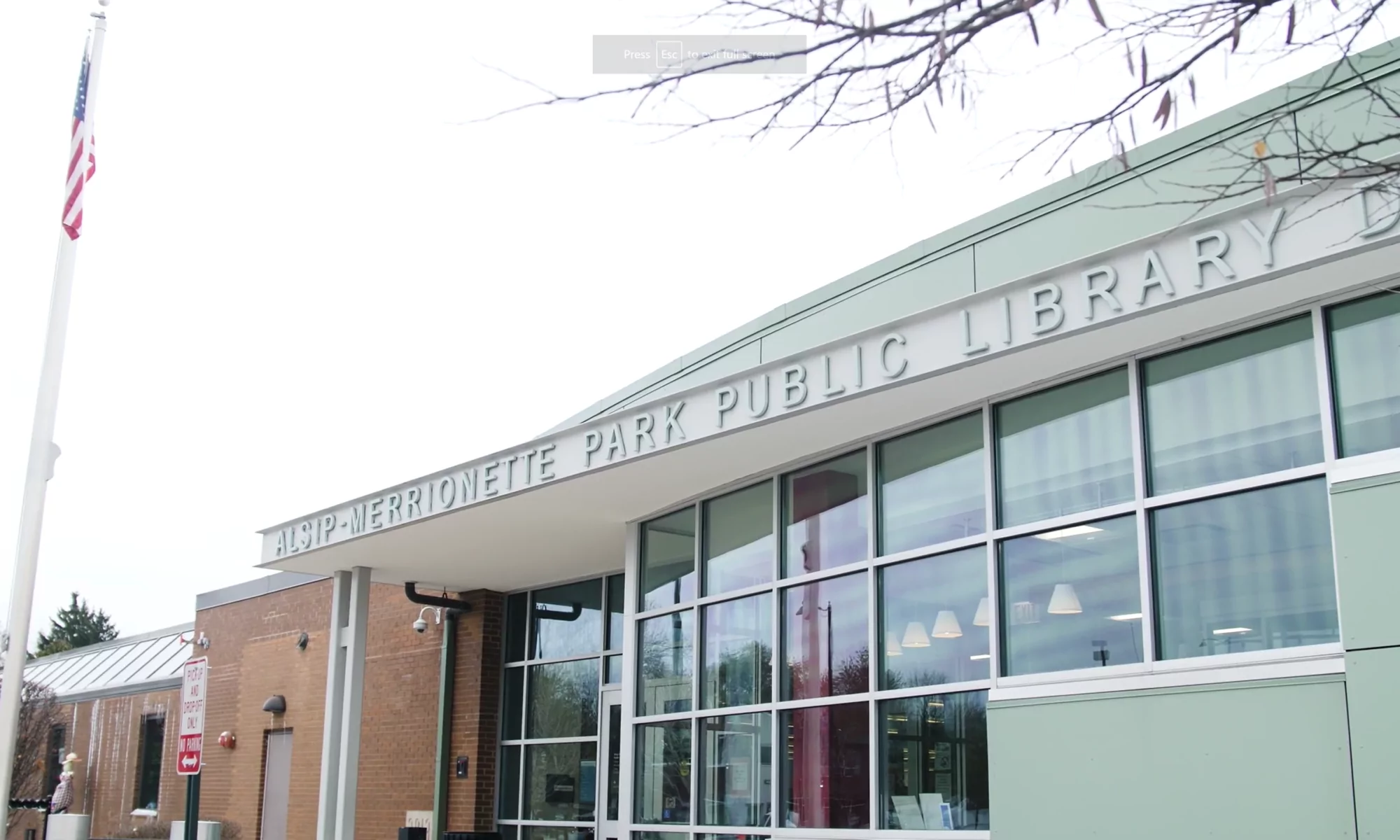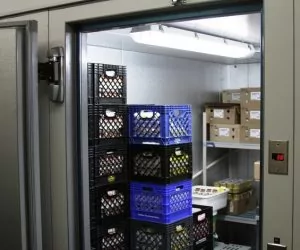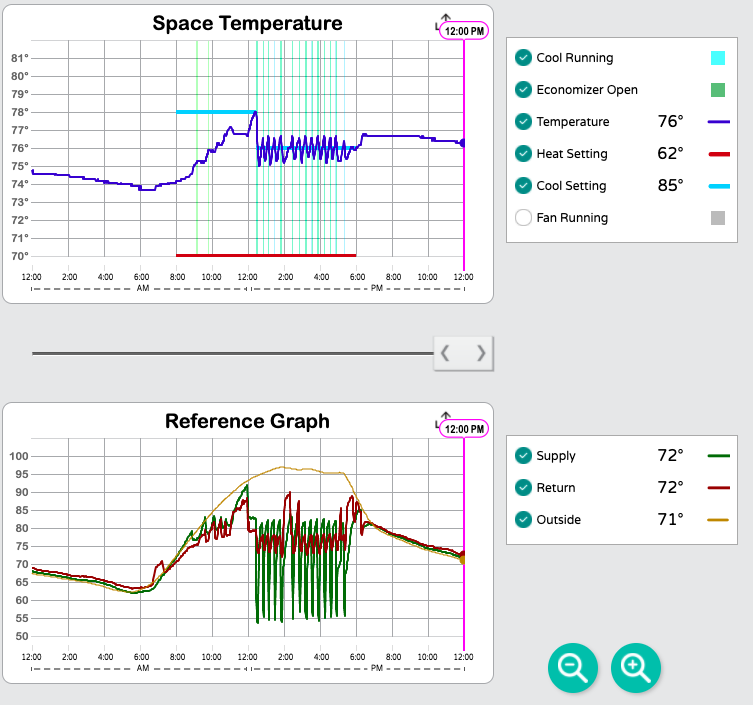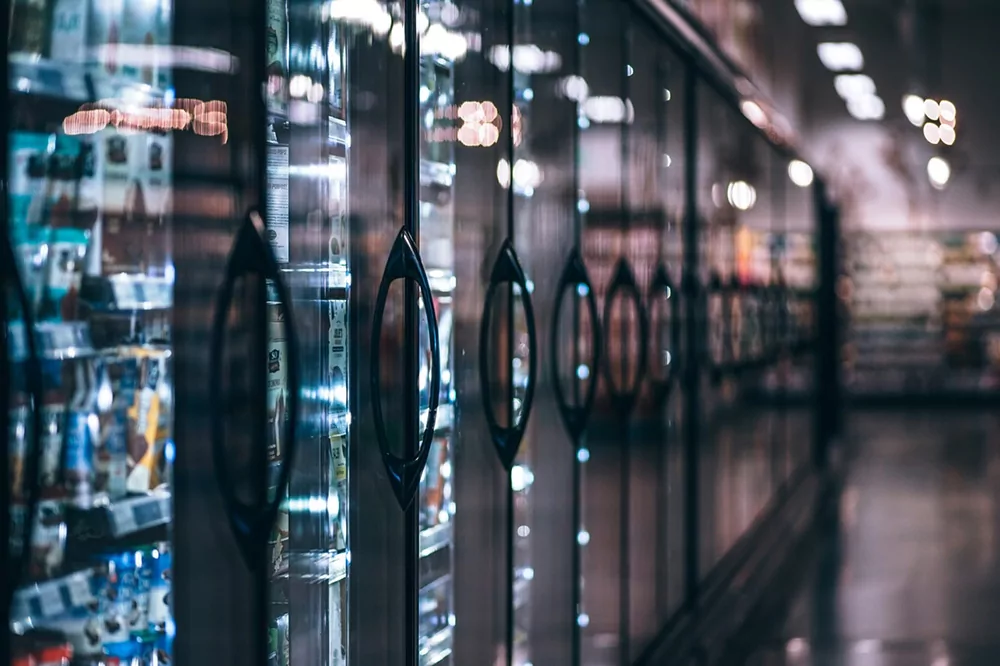
Grocery Stores have proven to be essential and more valuable than we could have imagined in 2020. Unlike most commercial and public buildings during the Covid 19 pandemic, these buildings are full of people and produce almost 24 hours per day.
On a per square foot basis, these buildings use a huge amount of power. Not only do they provide a comfortable environment for people, but they also provide cooling and freezing temperatures for food, as well as cooking temperatures. Cooking temperatures can involve exhaust fans, which sweep away the cooled or heated ambient environment and cost energy.
However, in 2021, there are tons of opportunities for saving energy in grocery stores. Here are a few to explore, and we always advise our clients to explore local utility rebates to help pay and improvements. While grocery stores are known for their low profit margins, those margins can be increased by lowering a huge fixed cost of energy usage.
Lighting Grocery Store Savings
Lighting is always the first place to start in terms of energy efficiency. Many grocery stores, even huge chains with a national presence, still have T8 lighting in their main customer area. These lights, left on 24 hours per day, can be replaced to LED and have a less than 1 year payback via energy savings. This means that over 2 years or 3 years, a store will spend a lot more energy with T8 vs LED. While some improvements can take several years to payback, this one is a fast and obvious place to start.
Grocery stores have a lot of cooler lights and freezer lights, highlighting their produce. Majority of stores have yet to upgrade to LED, and this is a huge misstep. Not only does this conversion save energy, both in terms of direct wattage pull and indirect heat savings, but they also are the main product being sold in a store. LED clearly lights products better, and not converting can lead to revenue loss to a store.
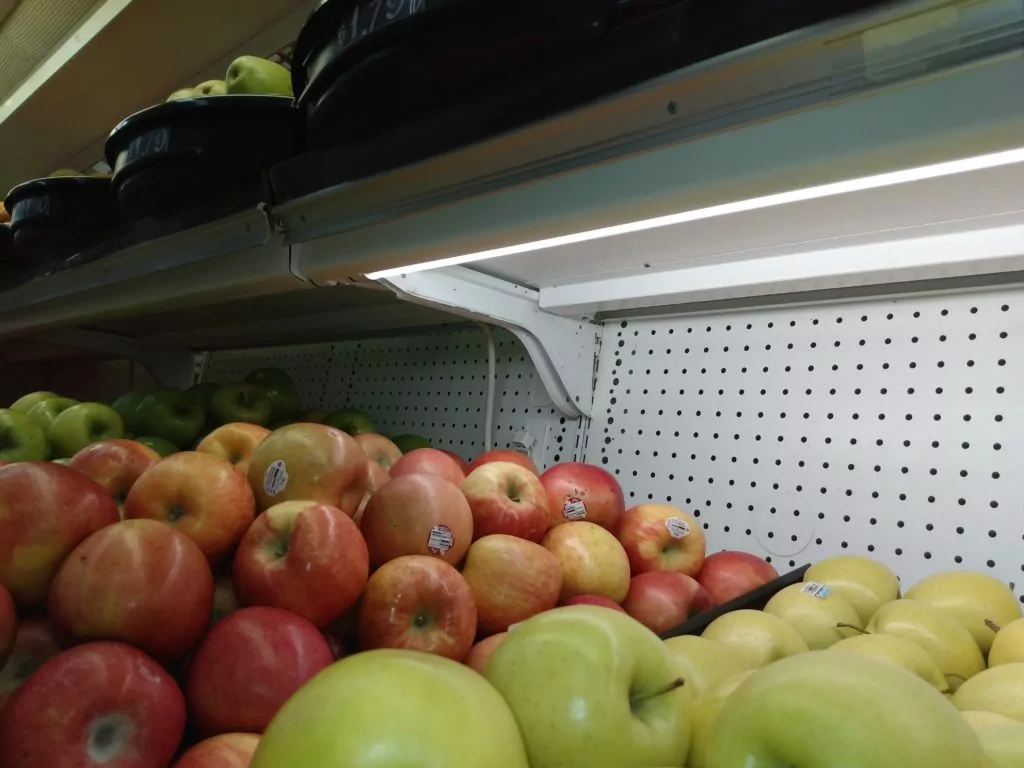
HVAC Energy Savings for Grocery
Heating, Ventilation and Air Conditioning can place a huge burden on a grocery store. Often done through a “roof top unit”, these boxes to cool or heat air have made huge efficiency upgrades in the past 10 years. In addition to savings through multi speed fans and duel compressors, these systems have economizers to bring in fresh air from outside for “free cooling”. Demand control ventilation is a more advanced version of this free cooling, which allows true occupancy to drive set points of fresh air, vs code. To take this a step further, advanced control systems like the Pelican Thermostat system can give complete control over the economizer and fresh air to the owner. while 2020 might prove an extreme version of why you would want fresh air maximized, it often increases heating and cooling costs.
Demand Control Ventillation
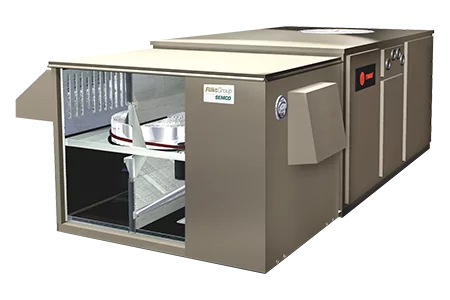
Demand Control Ventilation is something to be explored after lighting and HVAC upgrades have been explored. It is advanced, but important. This means that ventilation from outside is controlled by demand, not just set conservatively by local code. If not done properly, this means an empty grocery store could be brining in a ton of outside air from to heat on a freezing day, or air to cool on a hot day. This system will match the exhaust fans to ramp up based on actual cooking demands, as well as outside air on economizers to actual people in the grocery store (driven by CO2 sensors).
One of the more advanced systems, but really not that hard to implement. The best part of DCV – it is heavily subsidized by utility incentives because of the huge savings.
Motors on Walk in Coolers
Huge walk in coolers keep the produce, dairy and meat cold behind the scenes at a grocery stores. More often than not, these are powered by huge fans that pull a ton of energy, run 24 hours a day, and generate a lot of heat to do this. EC motors, especially those with evaporative fan speed controls, can save a ton of energy and modulate the fan motor to the right speed.
Auto Door Closers and Strip Curtains
While not sexy, these devices can cost pennies to install (literally after an utility incentive) but save thousands of dollars in energy costs per year. While employees do not care for them, these simple changes can drive huge profit margins for grocery stores. Your competition uses them, so you should as well.
2021 Comed Rebates for Fast Food Restaurants
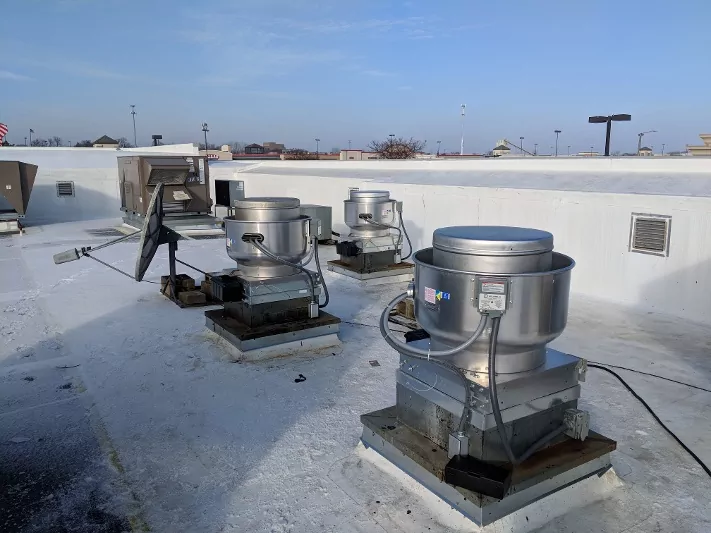
2021 will be an exciting year for the overall Comed Energy Efficiency Rebates and Incentives. While 2020 was rough on the economy as a whole, the incentive program is tax funded through a line item on each utility bill – and money is budgeted and needs to be spent.
Below is a highlight of the 2021 program, from the perspective of a fast food restaurant chain. With over 8 years of experience of working with major fast food chain restaurants, Verde has a deep and focused emphasis on this type of building. Our very first restaurant retrofit was Epic Burger in the South Loop – and I still remember the first months savings was more than if I kept my power off in my home for a year. With a high energy density, these stores can see major P&L improvements with a sustained commitment to energy efficiency and taking advantage of available utility funding.
Cash Flow of Incentives
As a reminder on the process – all utility incentives are paid to Verde directly, so an owner/operator does not need to wait for the incentive check. We also take on the risk of the incentive changing, with years of experience behind us.
We provide an estimated savings, return on investment (ROI), payback, as well as cost for improvements after incentives. We have begun pushing an energy efficiency concept of net present value, to help capture long term savings in a capital improvement.
Building Size Requirements
One big exciting change is that higher incentives are now available for all restaurants, including those 100-200kW. Typically, larger restaurants would need an exception to participate in the Small Business Offering, but the whole program will now serve 0-200kW and make life easier for owner/operators.
Early Replacement of RTUs
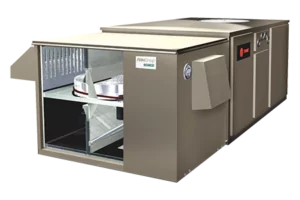
Kitchen Lights
We continue to install about 100 kitchen troffers LED conversions each and every work. The incentives for T8 fluorescent light conversion to LED increased in 2021 slightly, providing further help to convert those lights to LED.
One recent owner operator commented that that manager loves the new Philips Evokit because of how easy they are to clean compared to the old plastic cover troffers. If you have worked with us, you know that our process is down for a crowded restaurant kitchen and we can complete a LED conversion in less than 2 hours from start to finish.
LED Exterior Sign Conversions
Verde continues to find huge energy savings opportunities in exterior LED signs. Often filled with high output T12s up to 8 feet in lengths, these signs are some of the largest energy consumers in our area. LED not only make the sign brighter, but last longer and huge energy reduction.
This incentive increased slightly in 2021, and we expect this conversion to be strong for clients in the restaurant business, especially as all businesses need clients to know if they are open and available for business.
EC Motors with Evaporative Fan Speed Controls
EV Motors and evaporative fan speed controls are not sexy – but they save a ton of energy. When combined with the evaporative fan speed control, these variable speed motors can run at high speed only when the compressor is calling for cooling. Many of our clients love getting a new motor at a fraction of the cost, especially when combined with our best in class warranty.
The incentive for this is $260 per motor in 2021.
RTU Tune Up for Restaurants
Comed offers a tune up, to help make sure the root top unit is working as designed for highest efficiency. This tune-up has been very popular with our restaurant clients, especially when 3 or 4 are located on a single roof. These tune-ups are paid at $30 per ton, and can be provided by Verde when requested. We include a chemical cleaning of your coils, to provide higher functionality and less wear and tear on your system.
Exhaust Fans
All restaurants are required by code to exhaust cooking smoke and chemicals. While not covered significantly by incentive – exhaust fans can have $250 per HP. Most exhaust fans are 3/4 or 1/2 HP – but this proactive replacement can save energy and avoid a big service call down the road. Many clients combine this with the Roof Top replacement for the same upgrade project.
Kitchen Exhaust Fan with DCV
One of the rarely used but most powerful energy savings is the kitchen DCV. In this savings measure, you combined the exhaust fan to run at the speed aligned with cooking. By limiting the exhaust fan to the right CFM, you are avoiding wasting heated or cooled air. In addition, this can create a more balanced and comfortable restaurant for staff and clients alike. No more drive through space heaters or winter coats!
This system typically saves about $2,000 in electricity and $2,000 in heating costs, for a combined $4,000 in annual savings. This system rebate is $2,500 per exhaust fan, for a total of $7,500 for a restaurant with 3 fans.
Smart Thermostat
Smart Thermostat incentives increased to $250 when replacing a programmable thermostat in 2021. While not always right for every owner, we install Ecobee, Pelican and Nest Smart Thermostats.
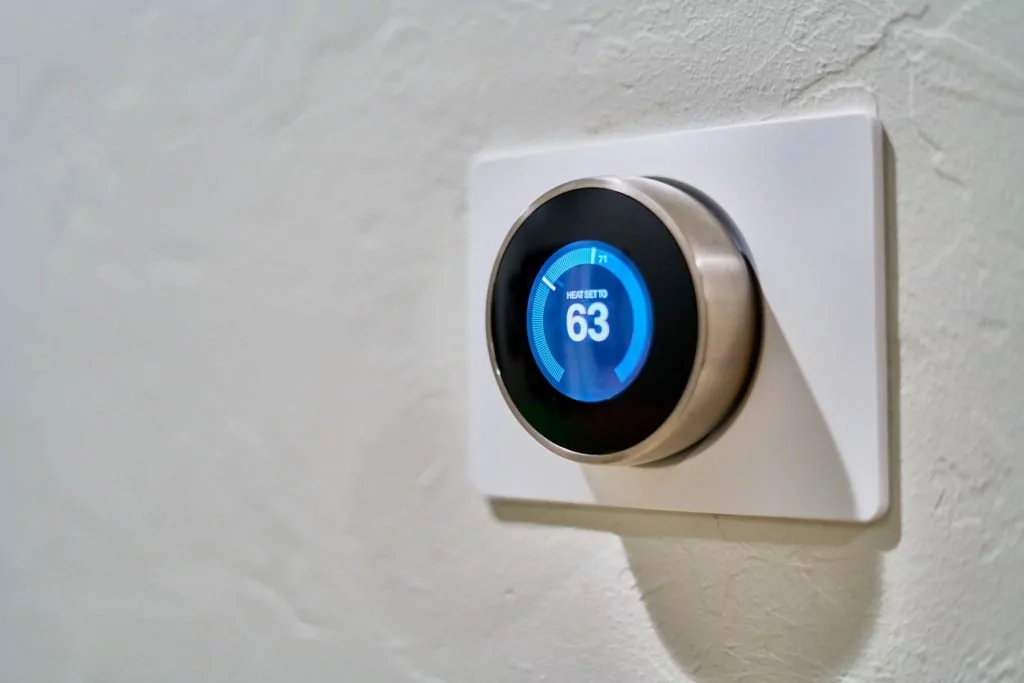
Verde Energy Efficiency Experts Reaches a Major Milestone
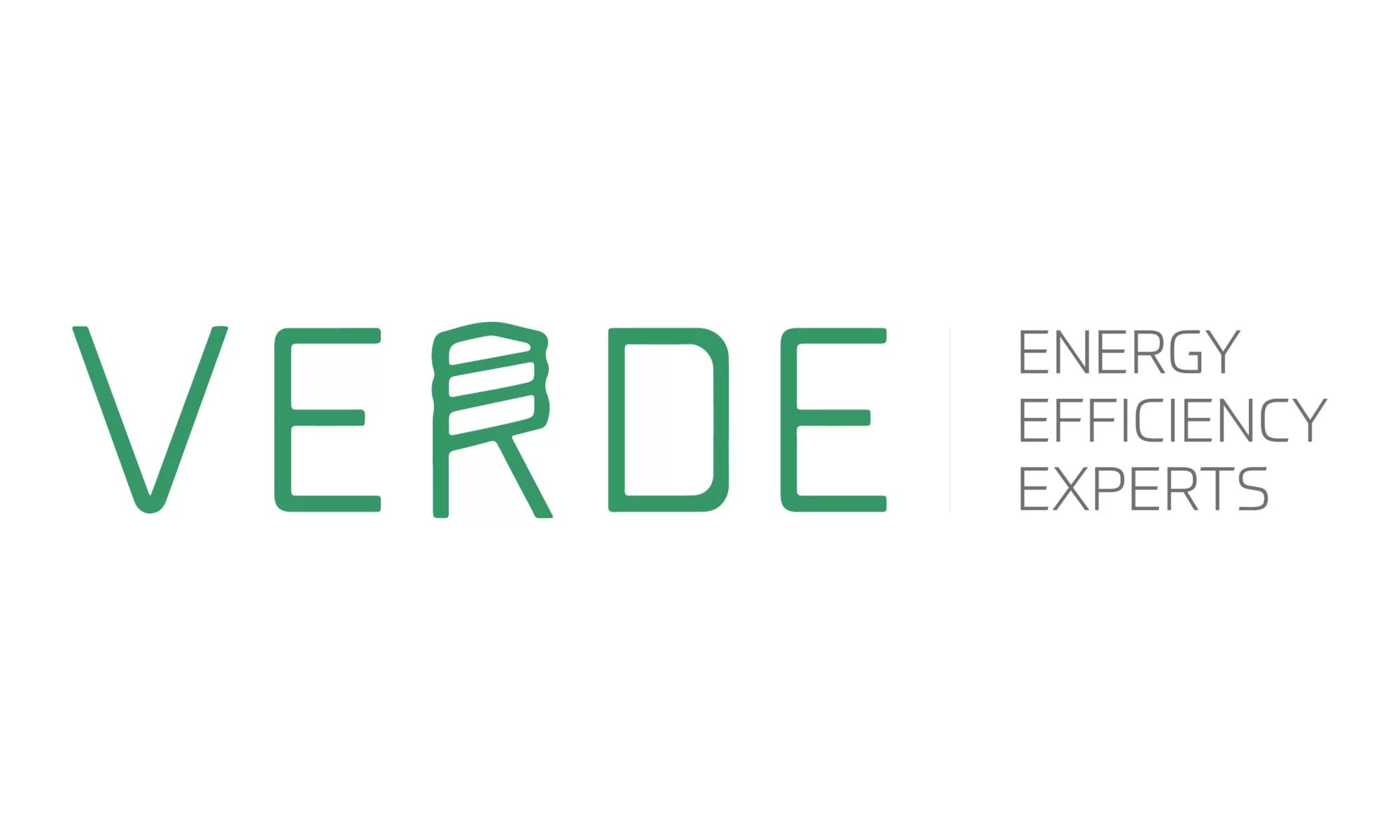
In 2010, Verde Energy Efficiency Experts was established. This July, Verde celebrates its 10 year anniverary. Less than 30% of US businesses reach this milestone.
Since inception, Verde has been able to extend its reach to over 675 businesses, fire stations, libraries and restaurants.
Those projects have led to over 14,196,600 kWh of energy savings, which is the equivalent to over 11,559,465 pounds of coal being grounded. In addition, this is the equivalent to over 12,444 acres of US forest absorbing carbon dioxide. Verde has also recycled over 67,500 mercury laden fluorescent lamps during that time – featuring their new state of the art lamp recycling and job creating machine in their Ravenswood facility.
Verde is grateful for the opportunity to serve our mission with clients that align in our mission and values – we save energy for businesses to create a more sustainable future for both the environment and our clients. Now more than ever, we need lower operating costs to survive economic shocks.
ABOUT VERDE
Verde’s team of energy efficiency experts helps your organization find, implement, and maintain energy-efficient solutions that make a measurable impact on the bottom line. Founded by Jamie Johnson in 2010, Verde has been saving Chicagoland companies and organizations thousands of dollars every year by replacing outdated, inefficient methods and hardware with modern, efficient solutions. To learn more, visit www.verde.expert.
ABOUT OUR CLIENTS
| Restaurants and Breweries Alarmist Brewing Bakin’ & Eggs Beer Garden – Navy Pier Culvers Fat Tommy’s Finch’s Beer Company Firehouse Grill Gus’s Restaurant Half Acre Beer Company Half Day Brewing Co. Harry Caray’s Haymarket Pub & Brewery Karahi Restaurant Kitsch’n On Roscoe Konak Pizza Los Comales McDonalds Miskatonic Brewing Old Irving Brewing On Tour Brewing Company Pateno’s Pizza Prairie Krafts Brewing Company Revolution Brewing Riva Restaurant – Navy Pier Rocky’s Pizzeria Short Fuse Brewing Subway The Green Lady Tuscany Twisted Hippo Brewery Volo Restaurant Wine Bar Public Facilities Chicago Public Schools Dolton Village Hall Evanston District #65 Grafton Township IL DNR Manteno Village Hall Village of Maple Park Naperville Township NW Mosquito Abatement District Plainfield Chamber of Commerce River Trails School District 26 Stateville Prison-Joliet Village of Aroma Park Village of River Forest Houses of Worship Alpine Chapel Apostolic Catholic Assyrian Church Bethlehem Lutheran Church Epiphany United Church of Christ First Presbyterian Church of Chicago Heights Friendly Temple Good Hope Baptist Church Harvest Christian Center Hazelgreen Baptist Church Holy Miracle Economic Ministries Church I AM Temple Immanuel Lutheran Elmhurst Jacob’s Well Lights of Zion Ministries Lombard Nazarene Church Maranatha Assembly Church Morningstar Community Church Oak Lawn Church of the Nazarene Oak Park Temple Philadelphia Church Redeemer Church St Genevieve St Helen Chicago St James Lutheran St. Stephens Lutheran Church Trinity Church United Church Proposal Zion Lutheran Church | Fire and Police Stations Algonquin-Lake in the Hills Fire Protection District Aroma Park Fire Protection District Bloomingdale Fire Department Cary Fire Cherry Valley Fire Davis Fire Franklin Park Fire Harlem Roscoe Fire Harvard Fire Hebron Alden Greenwood Fire Joliet Fire Department Lake Villa Fire Protection District Manteno Fire Minooka Fire Department Monee Fire Oswego Fire Protection District Palatine Fire Peotone Fire Sugar Grove Fire Department Wauconda Fire Wheeling Fire Department Wilmette Fire Department Property Management Groups Berkshire Communities Greystar Holsten Lakeview Club Condominium Association McLennan Property Management Company Mid-America Oak Park Apartments RPAI Sequoia Realty Group Thornwood Apartments TJ Cachey Real Estate Troy Realty Ltd. Libraries Alsip Public Library Alsip-Merrionette Park Library Beecher Public Library Chicago Ridge Public Library Crete Public Library Des Plaines Public Library Gail Borden Public Library Matteson Area Public Library District Nippersink Public Library Oak Park Public Library River Forest Public Library Roselle Public Library Vernon Area Public Library Warren-Newport Public Library White Oak Public Library William Leonard Public Library Zion Public Library Park Districts Hodgkins Park District Homewood-Flossmoor Park District Oswegoland Park District Oswegoland Park District Park Ridge Park District Waukegan Park District Wilmette Park District Non-Profit Organizations Avenues to Independence Beverly Area Planning Association Boys & Girls Club of Lake County Child’s Voice Community Services Foundation Deborah’s Place Easter Seals Envision Unlimited ESDC Friendship Center GiGi’s Playhouse Instituto Academy Lifeline Theater LOVE Inc Mercy Housing New 2 You, Lansing Salvation Army SkyART The Resurrection Project Trinity Services Inc. Wellington Ave United/Timeline Theater YMCA YWCA of Lake County | Small Business Aleckson Insurance Asylum Skate Park Bakri Machinery Bartlett Tree Experts Bittner’s Spray Blue Ribbon Taxi Bonnie Flower Shop Bradtke Movers Bucktown Auto Canine Therapy Corp Chicago Neck & Back Class Design Awards Computer Planet Country Collision Custom Accessories Custom Maintenance Diplomat Cafe DOGGIEWORKS, LLC Drywall Master Tools E J Coyne & Company Edge of Sweetness Epiq Solutions Estal Tool Sharpening Farmers Insurance Fast Lane Training Feast Fitness Flow Products Four Boys Labor Four Seasons Clean Frank Edmunds & Co. Gage Manufacturing Gengler-Lowney GN Bank Goldblatt Sewing Grafsolve Grasso Graphics Inc Great Clips Green Machine Hansa Coffee Roaster Happy Foods Harvey’s Corner HealthSource Chiro Heart Land Animal Highland Auto Sales Hinsdale Flower IC Signs & Graphics Integrity Auto Repair J B’s Ranch Jeanette T Jensen DDS Jersey Automotive Jules Pet Shop Kamdar Plaza KBC Tools & Machinery KCT Credit Union Kronos La Estrella La Pena Laundromat Lakland Neil Kauffman Law Lincoln Park CrossFit Lind Auto Living Art Crystal Lake LMC Cabinetry Inc Lopez Trucking Los Comales* Lost Eras Lukes on Harlem M&K Warehouses M&R Label Manan Pantry Inc MB Automotive Metro PCS Stoney Island Miranda’s Grocery Mitchell’s flowers Mitchell’s Hardware Moreno Auto Parts Mr Bubble Mr. Vo Auto Clinic Nazareth Sweets Nohadra Grocery North Center Auto O.G.’s Food & Liquor Old Fashioned Sweets Park Ridge Care Ctr Pedicure Nails & ManI Petco Automotive Pleasant Touch Dental Power Paintball, Inc. Professional Meters Inc. Punjab Sweets Quality Excavation Rock Solid Sandy Foods Scissorhands Shilvock Co Shiraleah Signs Art Smart Learning Center Snappy PG Stat Anesthesia Sugar Creek Liquors SunBelt Rentals Taj Electronics Taqueria Traspasada TC Furlong Inc. The Alps Restaurant The Fish Keg The Print Lounge Thomas Electric Top Cleaners Total Building Service Total Nurses Network Tow-Pac Trendler, Inc Ultimate Ninjas Uno Mas Por Favor Urban Warrior Fitness US Specialty Packaging Verio Graphics Vibratech Vince’s Pizza & Taqueria Vintage Grindhouse Waduha Collection Web2Market Inc Wilkins Rebuilders Supply Woodland Engineering Woodridge Soap Opera Laundry World Class Tae Kwon Do Zabiha Halal Meat Processors Zaco Manufacturing |
Why Energy Efficiency is Important to Montessori
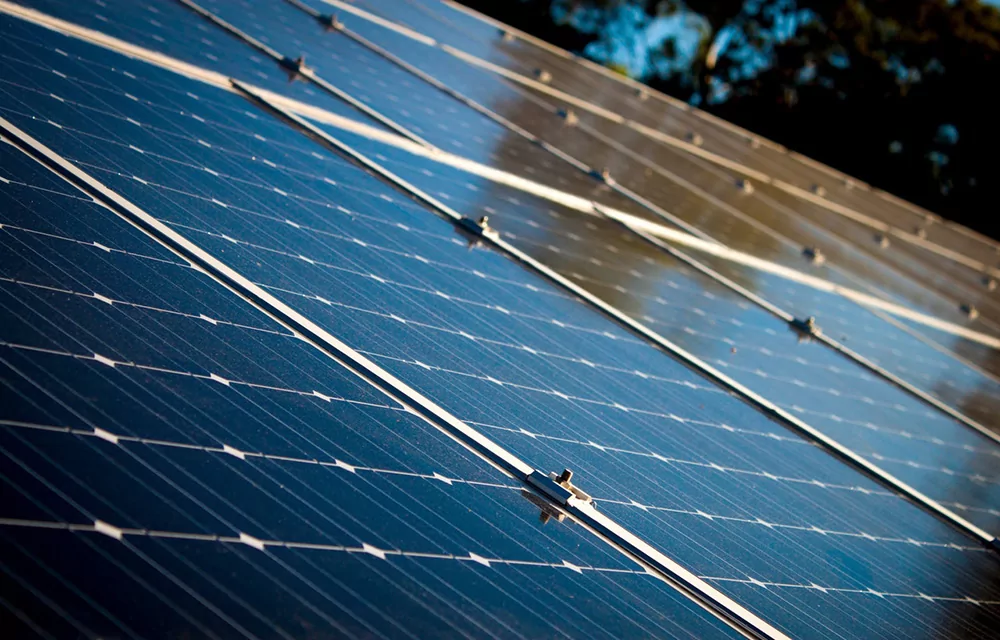
When it comes to identifying a company’s perfect customer, both profitability and value alignment should be top of mind. Montessori is one of those “blue chip” customers for Verde.
Verde is an L3C, which means our revenue is tied to our mission, lowering energy use in the state of IL. We believe in order to continue our mission, we need to be profitable, and reinvest in our company’s growth.
Sustainability is the heart of our company. Alongside our core values, Verde employees come to work every day, with the intention to make our city a more sustainable place. We believe that our future is bright, and that education is key to building on this concept.
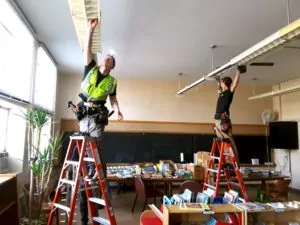
It’s for these very reasons that Montessori schools align with Verde’s mission.
Sustainability has long been an important element to Montessori education. Verde recently had the privilege of working with Council Oak Montessori, where executive director, Lila, Jokanovik explained that energy efficiency augments their program at the school, because it reflects their philosophy and practice of being stewards of the planet. Additionally, lowering energy bills means that they are able to put more money back into the program instead of lost operational costs.
Montessori School Student Engagement
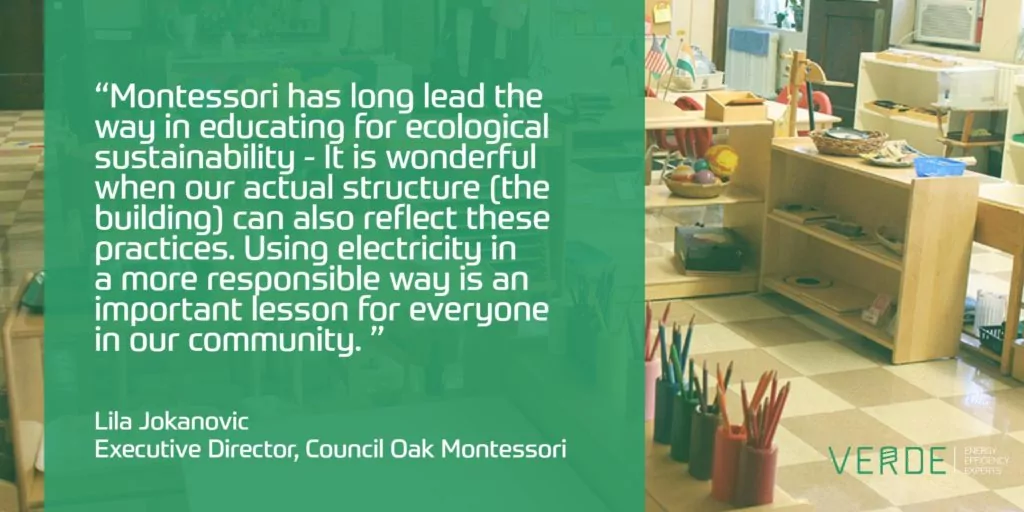
In addition, middle school students will continue to work with Verde’s team to draw raw data from the school’s usage before and after to do a comparison study of energy saved.
It’s this type of education and curiosity about new solutions that Verde welcomes in order to shape future ideas of energy conservation, and excite students into going into these types of job roles.
Creating a space of creativity, and focus is also important. Outdating lighting can cause discomfort for students, teachers and administrators. Assuring light temperature and color are consistent and dark spots are eliminated to assure that every space in the school is conducive to learning.
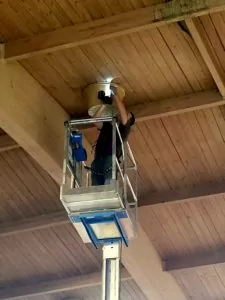
When we as a company get to help organizations that align with our core values, we feel good about the work we’re doing now and the greater impact of how these ideas are shaping the future.
A Guide to Reducing Energy Costs & Waste for Warehouses

Warehouses provide versatile opportunities for energy-efficient solutions. Since these buildings are often quite large, regulating air temperature and humidity around the clock can result in enormous electrical bills.
Not to mention the costs of staying “green-friendly” compliant. Add lighting on top of that, and you have a recipe for steep energy costs and a large carbon footprint.
Fortunately, every warehouse, regardless of how big it is, can be turned into an energy-efficient asset. To help you do it, we have compiled a list of easy-to-follow tips and guidelines on how to reduce energy costs and waste for warehouses. You can do a lot of this work in house with your own staff, or hire an energy efficiency consulting firm to help you navigate the next steps. Our advice – the bigger the building, the bigger the energy savings and greater need for an outside support firm.
Make Proper Thermostat Adjustments
Regulating the temperature in your warehouse is a very expensive thing to do unless you learn how to do it properly. For instance, if all your air conditioning units start all at once, it will create a peak in electricity demand and potentially cause a number of problems down the line.
Also, setting the thermostat to lower temperatures won’t result in the warehouse cooling faster, and for each thermostat setpoint, it will increase energy consumption by 1 to 3%.
The best way to start reducing energy costs is to invest in programmable thermostats. These thermostats will allow you to program the turn on/off regiment for all your units, so you’ll never leave an air conditioner on all night and set temperatures for working and off hours.
Revisit Warehouse Roof
Since it’s directly exposed to the natural elements, warehouse roofs contribute greatly to energy inefficiency. Fortunately, there are ready-to-install solutions to help you resolve this issue. Cool roof systems are good solutions for warehouses located in hot and cold climates.
These systems feature specific materials which promote consistent solar reflectance. This means that your warehouse will absorb less energy overall, thus reducing the need for turning on your cooling system. A warehouse with refrigeration storage will benefit the most from this solution.
Adding a solar PV systems can generate electricity and add to the reflectiveness of a commercial roof and is worth exploring for a payback and ROI purpose.
Optimize Lighting
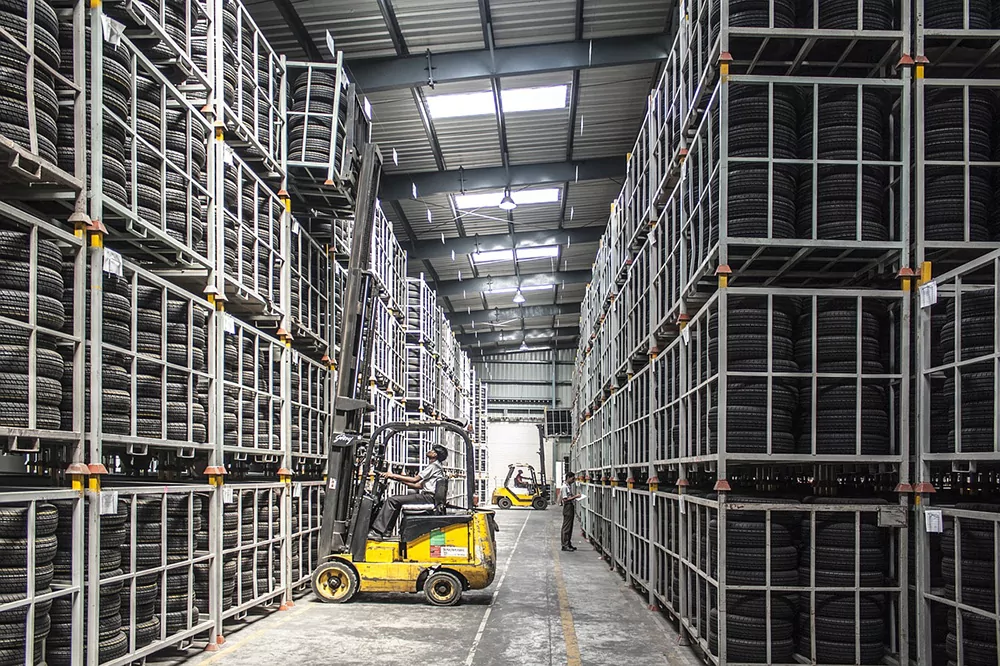
In order to have an energy efficient warehouse, it’s crucial that you optimize your lighting solutions. Take advantage of natural light, use energy efficient bulbs, and always look for room for improvement.
Replace all the bulbs in your warehouse with energy-efficient ones. LED fluorescent high-bay fixtures are a very popular lighting solution these days because they light up immediately, unlike high-intensity discharge fixtures with a long warm-up cycle.
To further optimize the lighting in your warehouse and make it more efficient, you should install motion sensors and area-wide dimmer systems.
Combining these two systems will enable you to use your electricity efficiently by utilizing high-intensity light only where it is needed. You can save cash by extending the lifespan of bulbs. Keep the fixtures clean at all times to prevent damage from overheating. Motion sensors will extend the lifespan of your lights as well.
Also, think about introducing new natural light sources – windows and skylights. White painted walls will also help you achieve better lighting results with less power.
Doors and Windows
To reduce energy costs, you will need to keep your warehouse as insulated as possible. With leaks the outdoor air will affect the temperature inside the warehouse, causing the cooling system to work 24/7.
You should install fast-moving automatic doors and air curtains where doors have to remain open for longer periods of time.
Reduce Waste
Finally, to reduce the carbon footprint of your warehouse, you should consider investing in battery-powered forklifts. If you do this, there will be no more exhaust fumes, and you will significantly reduce heat emitted indoors, giving a break to your cooling systems.
Also, you should reduce the amount of high reflective surfaces surrounding the warehouse, as they store heat – instead, plant trees and lawns.
As you can see, there are several things you can do to reduce energy costs and waste for your warehouse. If you don’t have the resources to assess your current situation on your own, Verde can help you identify the course of action that will bring you the best results when it comes to energy consumption. Reach out to us today for an energy efficiency assessment!
Reducing Energy Costs & Waste for Restaurants
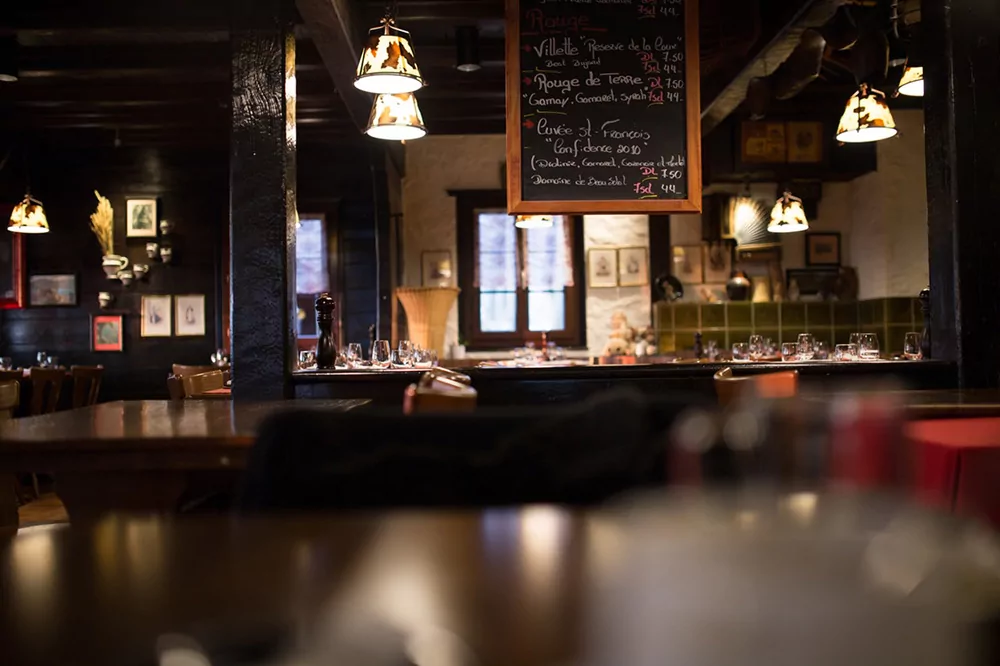
Running a restaurant presents endless challenges. In this business, there is a lot of cooking equipment that needs to be taken care of, ventilation systems, large refrigeration, and constantly wasted energy that needs to be contained on a daily basis. This means that energy costs tend to be really high.
For a restaurant to be efficient and profitable, it needs to find ways to control these costs. Learning to save energy can be difficult especially for those restaurant owners who don’t know much about these practices.
Here are some ways to do this:
Switch Your Lights
A lot of people today still use incandescent bulbs in their restaurants or at their homes. The reason behind this is quite simple – they’re quite cheap.
However, even though LED lights are more expensive, they save a lot of electric energy. On the other hand, they last far longer than incandescent light bulbs so when you think about the long term, they actually save you money while saving energy.
Clean Kitchen Ventilation Regularly
Kitchen ventilation is almost always on in restaurants and, after some time, vents stop working efficiently. This means that chefs and cooks in that kitchen will likely turn the air up even higher. This means that you will constantly be using electrical energy you don’t really have to use.
If you clean the kitchen ventilation on a regular basis, it will work efficiently and there will be no need for excessive consumption. Cluttered vents can use up to 60% more energy, so make sure to do this regularly.
Be Responsible
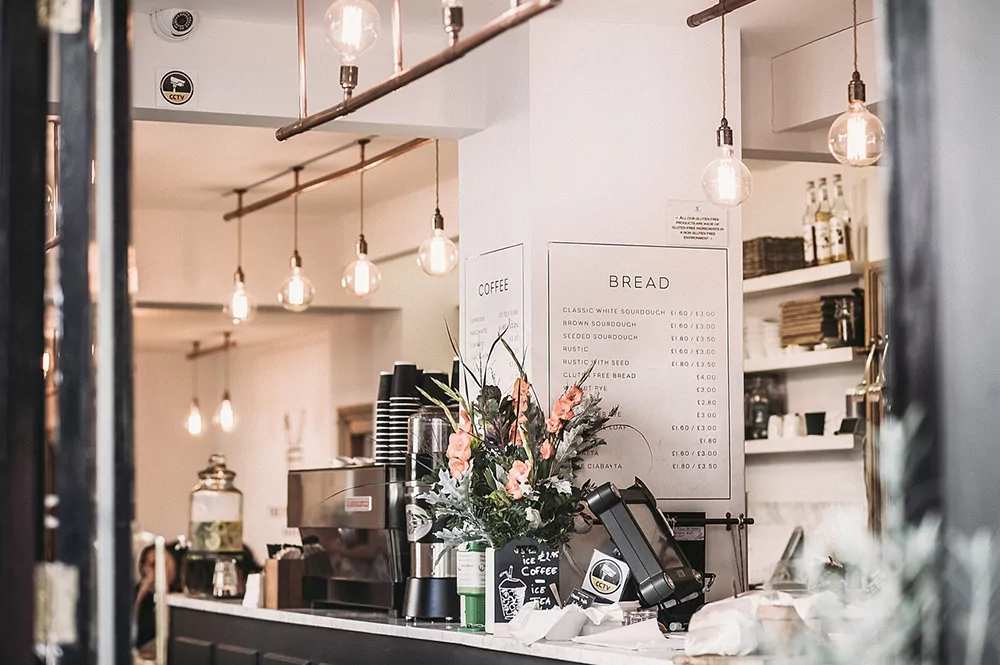
One of the best ways to save energy is simple. Be more cautious as an organization. A lot of restaurants constantly have appliances and fixtures working without any real need. Avoid doing this and you will be able to save significantly. Additionally, when you close up during the night, make sure that you turn off all of the electrical devices that are not 100% necessary.
Remind your employees to turn off all the lights. It might seem as nagging and annoying but trust us when we tell you that you can save a lot of energy this way.
Organize your Kitchen Properly
How your kitchen is organized and laid out matters. If you put an ice machine next to an oven, both of these machines will be less effective you will need more energy. Ensure that all of the cooling and heating equipment you have in your kitchen is separated properly.
On the other hand, consider all of the factors that will affect the work of these machines and their energy consumption. For example, if your ventilation isn’t placed properly above the cooking area, it won’t work as effectively. On the other hand, if your cooking area isn’t next to a wall, you are at risk of spreading smoke around.
These are some easy steps you can take towards preserving energy in your restaurant. If you really want to get to the bottom of this, reach out to Verde today!
Signs Your Restaurant Needs to Replace Its Rooftop Unit HVAC
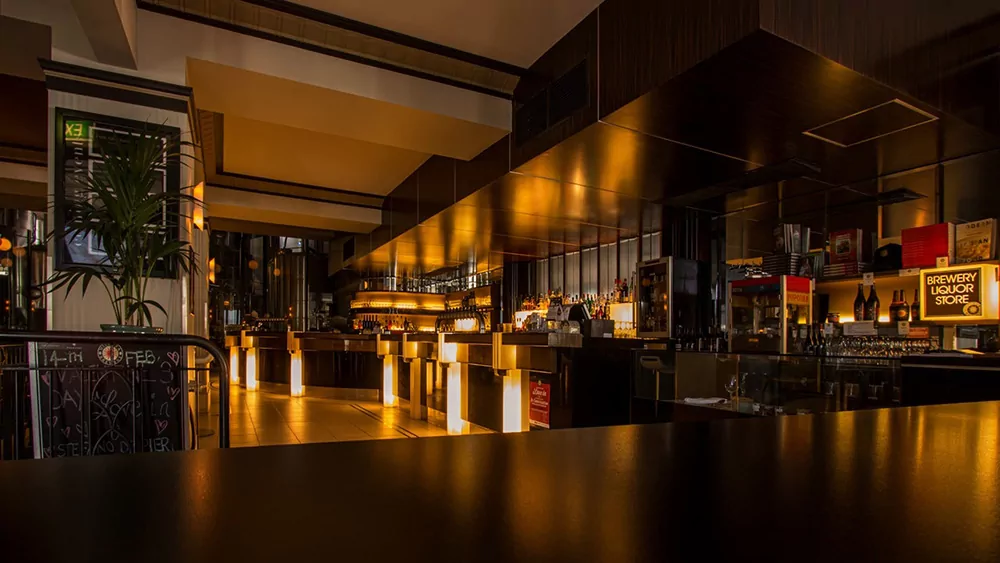
The life expectancy of a rooftop unit (also known as RTU) HVAC system can be anywhere from 10 to 30 years, and it goes without saying that a well-maintained unit will last longer than a neglected one.
A good and functional RTU HVAC system is essential for all restaurants. Not only does it ensure the guests and employees are comfortable, but it also helps your restaurant decrease spending, and it provides your establishment with better indoor air quality.
Let’s take a closer look at what exactly an RTU HVAC system is, and what signs to look out for that’ll tell you whether it needs replacing:
What Exactly is an RTU HVAC System?
A rooftop unit HVAC system is an HVAC system that’s located in the roof of a building and serves to provide air conditioning, as well as heating for various establishments and homes.
It’s important to learn to distinguish an RTU HVAC system from other systems that can also be located in the roof of a building. Typically, besides an RTU, you’ll find either split-system air conditioning condensers, or water-cooled chiller systems, for example.
RTU HVAC systems are different from both of these. They’re often called “packaged units” since they include both the air conditioning system and the heating system.
Your restaurant’s RTU HVAC will include equipment needed for absorbing heat, which is known as an AC evaporator coil. It will also have an AC condenser coil that releases heat and an AC compressor – a crucial component of the air conditioning system. Lastly, it will contain a heat source, a fan for blowing hot or cold air through the ducts, and an intake for outside air which serves to improve ventilation.
When to Change Your Restaurant’s RTU HVAC System
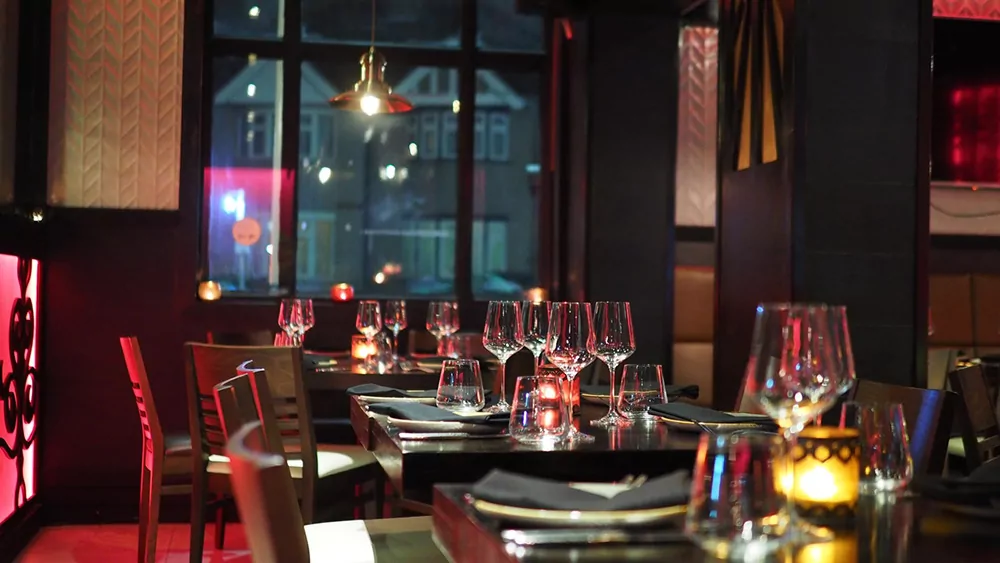
Typically, your RTU HVAC system will let you know if it needs changing. There are plenty of tell-tale signs, one of them simply being an outdated system that’s been serving you for over 20 years. Some of the other most common signs include:
Higher Electricity Bills Than Normal
Al older RTU HVAC system will lose its efficiency. It’ll start draining more electrical energy while failing to properly heat up or cool down your restaurant. If there’s no other explanation for the higher electrical bills, you’re probably looking at an inefficient RTU HVAC that needs immediate replacement.
Odd Noises Coming from the RTU HVAC
Strange sounds, such as buzzes and bangs, coming from your HVAC often indicate that there’s a problem inside the system, often with a very high price tag. It’s best to call a professional who can do a thorough inspection of the system so that they can tell you exactly what the problem is.
Costly Repairs
When there’s a problem with your existing RTU HVAC system and you’ve called someone to fix it, if it turns out that the cost of repairs is higher than 25-50% of the cost of a new one, it’s best to invest in a new system.
Frequent Breakdowns
Even if the cost of repairs is much lower than 25% of a new RTU HVAC system, if you constantly find yourself needing to call for repairs, a new system is a smarter expense. Frequent breakdowns are often a sign of a bigger problem, so rather than treating the symptoms, it’s better to get rid of your old system.
New RTU HVAC systems are a costly investment, but they’re well worth it. To ensure your restaurant’s system is as efficient as possible, it’s advisable to schedule annual maintenance checks. Schedule your maintenance check with Verde today!
Why Use LED Parking Lot Lights for Your Business
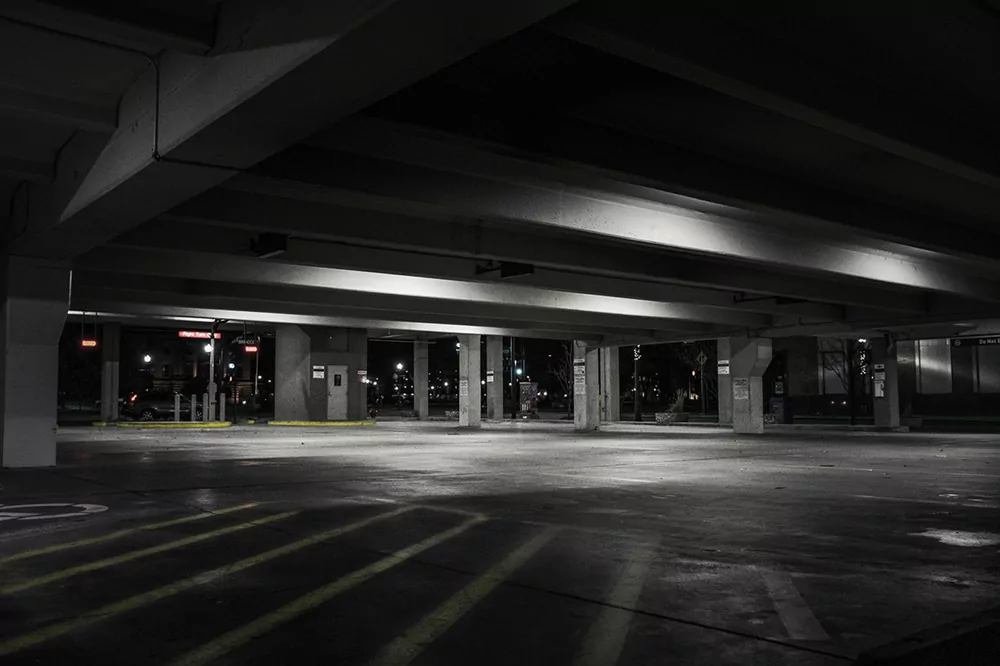
If you own or manage a parking lot that’s not properly lit, you are risking wasting your time and money. Additionally, you also risk jeopardizing the financial and physical safety of the people who entrust you with their vehicles. Having bright and evenly distributed LED parking lot lights should be the top priority for anyone running a parking lot.
But, how can you make sure that you’re making the best lighting choice?
By using LED lighting technology.
Here’s why LED parking lot lights are considered the best possible choice for your property, both for internal parking lots and exterior parking lots.
High-Quality LED Parking Lot Lights
LED lighting technology relies on multipoint design to distribute light evenly throughout the desired area. This is especially important when it comes to parking lots. During the night, a good parking lot light serves as protection against criminals, especially if the lot is unguarded. Even distribution eliminates dark spots and gaps in security camera coverage.
But in addition to that, LED lighting technology produces brighter and crisper light than other lighting solutions. This too contributes to the safety of a parking lot, along with a wide range of color temperatures and options to increase the visual perception of brightness that is available on the market.
You’ve seen businesses with the white crisp light of LED – it looks safer, modern and well lit. You’ve seen the poorly lit business with a yellow looking light – half the lights are burnt out or dimmed, and it looks a bit shady. LED lighting is simply more modern and safer looking.
Reduced Energy Consumption
To a responsible parking lot owner, safety is the number one concern.
However, running a parking lot is like running any other business. If your main asset isn’t profitable enough, then there’s not much point in investing in it. And in terms of lighting, most parking lots are huge energy consumers. The average wattage for a HID lit parking lot ranges from 400 to 1000 watts which is a lot of money on electricity bills alone. In addition, old lights have an outdated ballast, which also pulls a lot of power. And get this – you are paying for that electricity draw even if the light is burnt out!
Making the switch from HID lighting to LED parking lot lights may require some initial investment, but it pays off in the long run. In comparison to HID lighting, LED parking lot lighting boasts a significantly lower wattage – our customers see between 60-80% reduction in energy usage when they switch to LED lights for their parking lots.
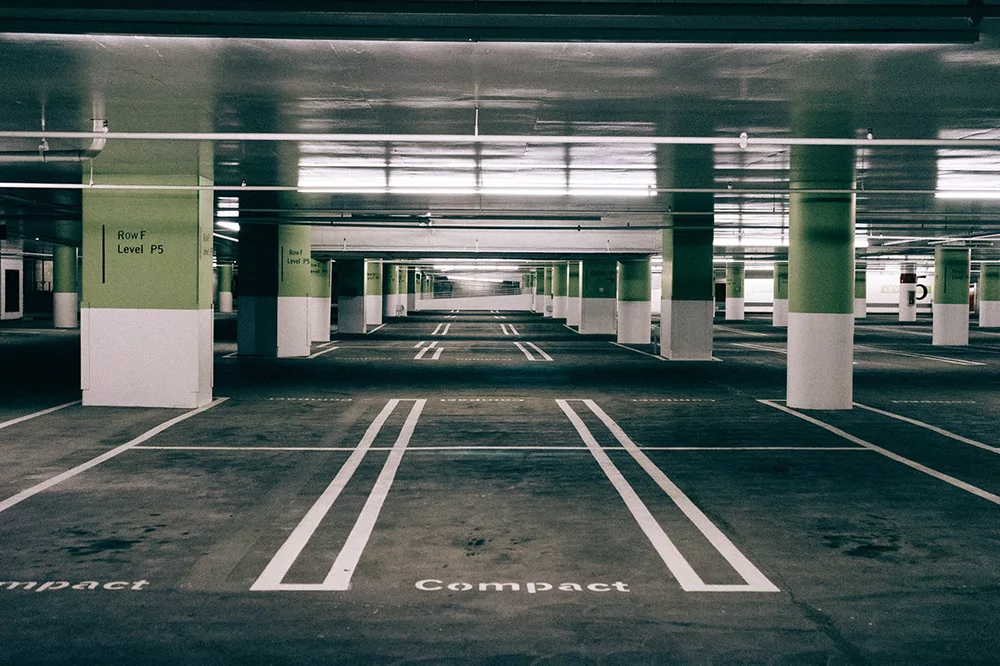
Reduced Maintenance Costs
In addition to emitting more light for less energy, LED fixtures are also much more durable than HID fixtures. And there’s no need to replace them as soon as the fuel source is reduced, as LED lights will continue to function with gradually lower capacity until the fuel source is fully depleted.
So not only are LED light cost-efficient enough to reduce your energy spending and expenses. But they are also extremely easy to maintain. This is yet another financial benefit of switching to a LED lighting solution, as frequent maintenance time, manpower, and resources can be costly as well.
And typically, outdoor lights need a bucket truck or lift rented for access – and those are very expensive. So what could be a few hundred dollars to repair can cost up to a thousand, so reduced maintenance is huge for exterior parking lot lighting.
No Buzzing
Managing a parking lot for a company, organization, or any other kind of public institution requires you to maintain the area in accordance with professional standards. Buzzing doesn’t leave the best first impression.
However old, LED parking lot light technology will never greet your visitors with buzzing. You notice the difference on day one after a lighting retrofit. The irritating buzz you hear from an old fluorescent light fixture is a telltale sign of a worn-out ballast. But what exactly is going on inside that box to create that sound? There are two main culprits:
Firstly, ballasts regulate the electrical current flowing to the fluorescent bulb. In older models, this regulation happens through a process called magnetic induction. Imagine tiny metal plates inside the ballast vibrating rapidly as they convert current. Over time, these plates can become loose or misaligned, causing them to physically rattle and erzeugen that annoying buzz. Additionally, the magnetic field generated by the induction process itself can sometimes induce vibrations in other components of the fixture, amplifying the noise.
Secondly, as ballasts age, their ability to properly regulate voltage can deteriorate. This leads to a phenomenon called “restriking,” where the arc inside the bulb repeatedly extinguishes and reignites at a rapid rate. Each restrike creates a tiny surge of current, and these surges, happening hundreds of times per second, can manifest as a buzzing sound. Additionally, worn-out components within the ballast itself can begin to vibrate under the electrical strain, further contributing to the noise.
While a buzzing ballast might seem like a minor annoyance, it’s important to remember that it’s a sign of underlying issues. Ignoring it can lead to decreased light output, flickering, and even potential fire hazards. So, if your fluorescent lights are serenading you with an unwanted electrical hum, consider replacing the ballast for a quieter and safer lighting experience.
Are LED Lights Really Brighter Than Old Lighting?
Outdoor lighting color temperature is an important factor to consider when creating the perfect ambiance for your business or community building. It can affect the mood, safety, and even the way you see your plants and landscaping – how the building is perceived by the public at night when you are open or closed. This can be critical for many reasons – and this is different for a fire station than a McDonalds – so you should be thoughtful on what you want to communicate.
Warm white light (2700K-3500K) is a popular choice for indoor lighting because it creates a cozy and inviting atmosphere. It’s similar to the color of incandescent bulbs and is often used in string lights, lanterns, and path lights. Warm white light is a good choice for areas where you want to relax and entertain, such as a patio or deck.
Cool white light (4000K-5000K) is a brighter and more energizing light. It’s often used in security lights and floodlights, as it can help to deter crime and improve visibility. Cool white light can also be used in areas where you need to perform tasks, such as a garage or workshop. It is our preferred choice, closer to 5000k, for parking lot lights and garage lighting. However, often 4000k is more standard in terms of what might be stocked at local supply houses and hardware stores.
Daylight white light (6500K) is the closest color to natural daylight. It’s not often used in commercial and industrial settings, but it can also be used in outdoor lighting. Daylight white light can help to improve visibility and make colors appear more natural. Typically, we find 6500k lights to be too blue and harsh, so we do not recommend it for our clients – even though it is closer to what natural sunlight is measured at outside. But it is hard to replicate mother nature, in many ways.
Can LED Lights Adjust Color Temperature and Lumens?
One of the best recent innovations is that many lights come with a kelvin selector, often from 2700k to 5000k. This means you can have just one light in stock and it can make multiple adjustments when in the field. This helps problem solve color temperature concerns when they come up – as the light can just be adjusted even after installed. The lights do this by having several LED strips that are 3,000 and 5,000 kelvin for example, and both of them are illuminated to create 4,000 kelvin.
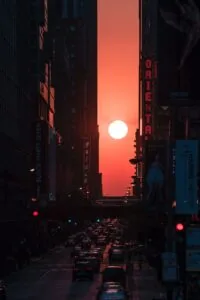
Another recently innovation is to have lights have several different wattage and lumen selectors. For example, a common garage light that we use from Signify have 40 watts, 60 watts, and 80 watts adjustable on the same fixture. This again let’s us put more or less light out to satisfy a customer’s needs, but more importantly, let’s us have a lot of inventory that can help different situations. This may not seem important, but it leads to lower SKUs of inventory, and we can pass savings onto our customers.
Advanced LED Parking Lot Lights Controls
If you’re using occupancy sensors or photocells as a safety measure, it’s important to know that LED parking lot lights pair perfectly with advanced controls such as these two. LED drivers are more responsive. This allows you to turn on or dim lights on your parking lot in just a second or two.
LED lighting technology is simply the best possible solution for creating and maintaining a safe parking lot. It also helps that it won’t bankrupt you. Being both cost-efficient and maintenance-friendly, LED lights are your go-to source of crisp, bright, and long-lasting lighting.
Old lighting can typically turn on or off with a photocell or timer switch, but those often fail over time. LED lights can integrate to a more nuanced control system, measuring light and occupany and setting those lights to those levels as appropriate. In fact, an LED system can dim until a person enters, making that person feel safer (or more watched) but always allowing some level of light.
Mercury in Fluorescent and HID Bulbs
Fluorescent bulbs and High Intensity Discharge Lights (HID – think large round outdoor lights) contain a hidden danger: mercury. This toxic heavy metal poses a significant threat to the environment and human health when these bulbs break or are disposed of improperly. In fact, all of our energy efficiency projects include the task or recycling old fluorescent and HID lamps, so the mercury does not end up in the landfills, waterways, or air that we breath.
When fluorescent bulbs break, the mercury inside is released into the air, contaminating the surrounding environment. It can then settle onto dust particles, enter waterways, or be absorbed by plants and soil. This widespread contamination poses a risk to wildlife, as mercury bioaccumulates up the food chain, reaching dangerous levels in animals like fish and birds.
Humans are primarily exposed to mercury through contaminated seafood. Consuming fish with high levels of mercury can lead to a range of health problems, including neurological damage, developmental delays, and even death. Pregnant women and young children are particularly vulnerable to these effects.
The Shift Towards Safer Lighting Solutions
Fortunately, there are safer alternatives to fluorescent bulbs. LED lights are now widely available, offering comparable energy efficiency without the mercury hazard. By switching to LED lights, we can protect our environment and safeguard human health for generations to come.
The mercury in old lighting poses a serious threat to the environment and human health. By transitioning to safer alternatives like LED lights, we can create a brighter future for all.
What About Indoor Parking Lot Lights for LED Conversions?
Indoor parking lots, like their exterior counterparts, have a lot of the same properties as outdoor lighting with one big difference. Often, indoor parking garages have lighting on for 24 hours, vs an outdoor lighting that is usually just at night.
So that means any investment in an LED conversion will have twice the benefit, a faster payback, and a better Return on Investment. Read here to see what impacts the energy savings formula in your business or building.
In addition, since indoor parking lights often have some ambient light during the day – they are even a better candidate for advanced lighting controls or sensors than outdoor lights. We have seen great success with indoor parking garages with integrated controls, both because the lights save energy and have great functionality, but also because they often qualify for greater rebates from utility programs.
Get started today with Verde to help you convert your metal halide, HID or fluorescent lighting in your parking lot to LED.
VINCE DOYLE
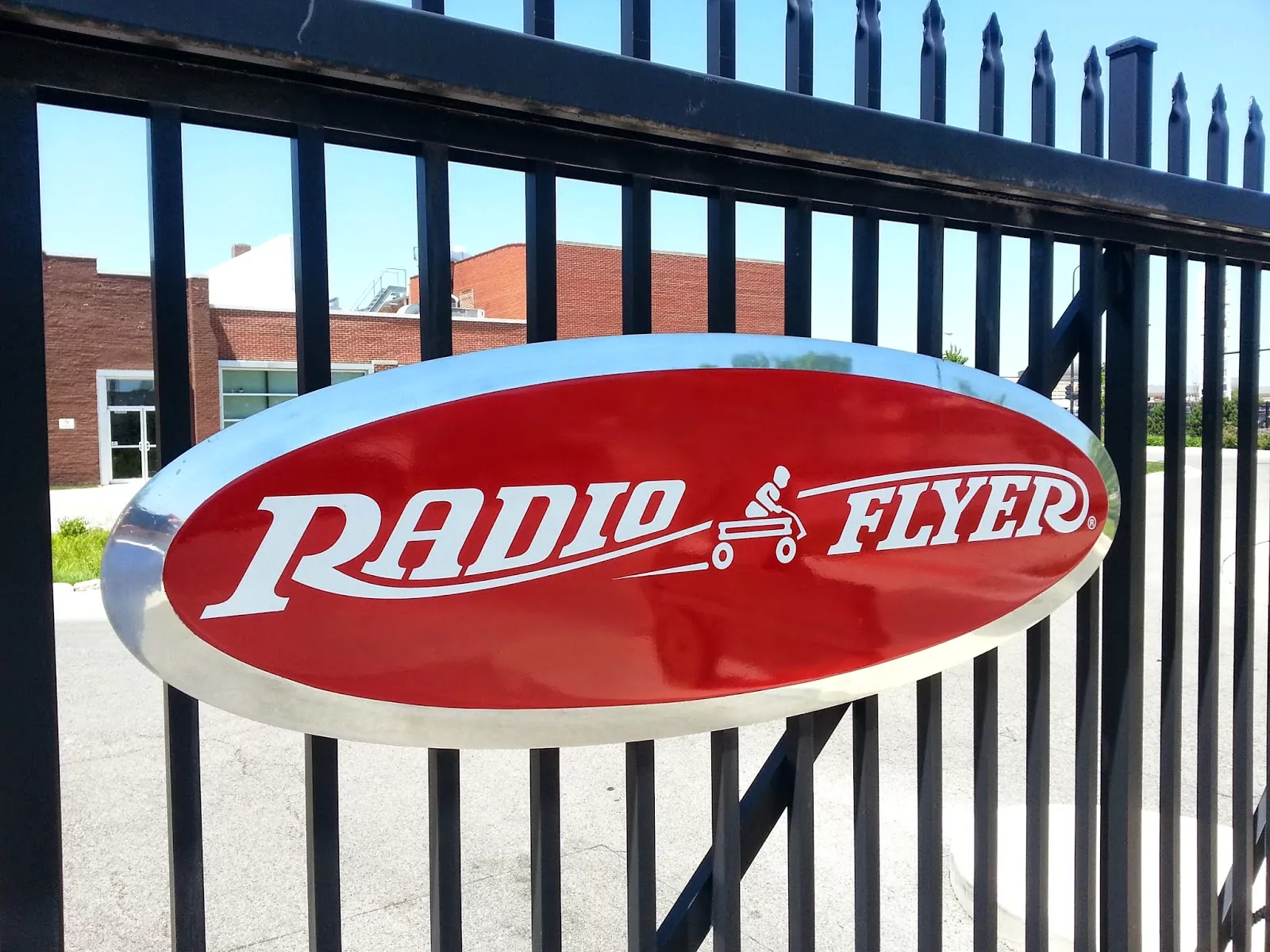
“Every member of the Verde team was thoughtful, thorough and treated our project as if it were their only ongoing project. The respect for the workplace environment and consideration of those around them was second to none. I appreciated that the crew working o our project was consistent, which led to continuity of communication throughout and familiarity of all aspects of the project. I never once had to “track down” someone who could provide answers to my questions, as every team member has familiarity with each facet of the scope.”
Ryne Phelps, Special Projects and Facilities Manager
SARGON MANDO
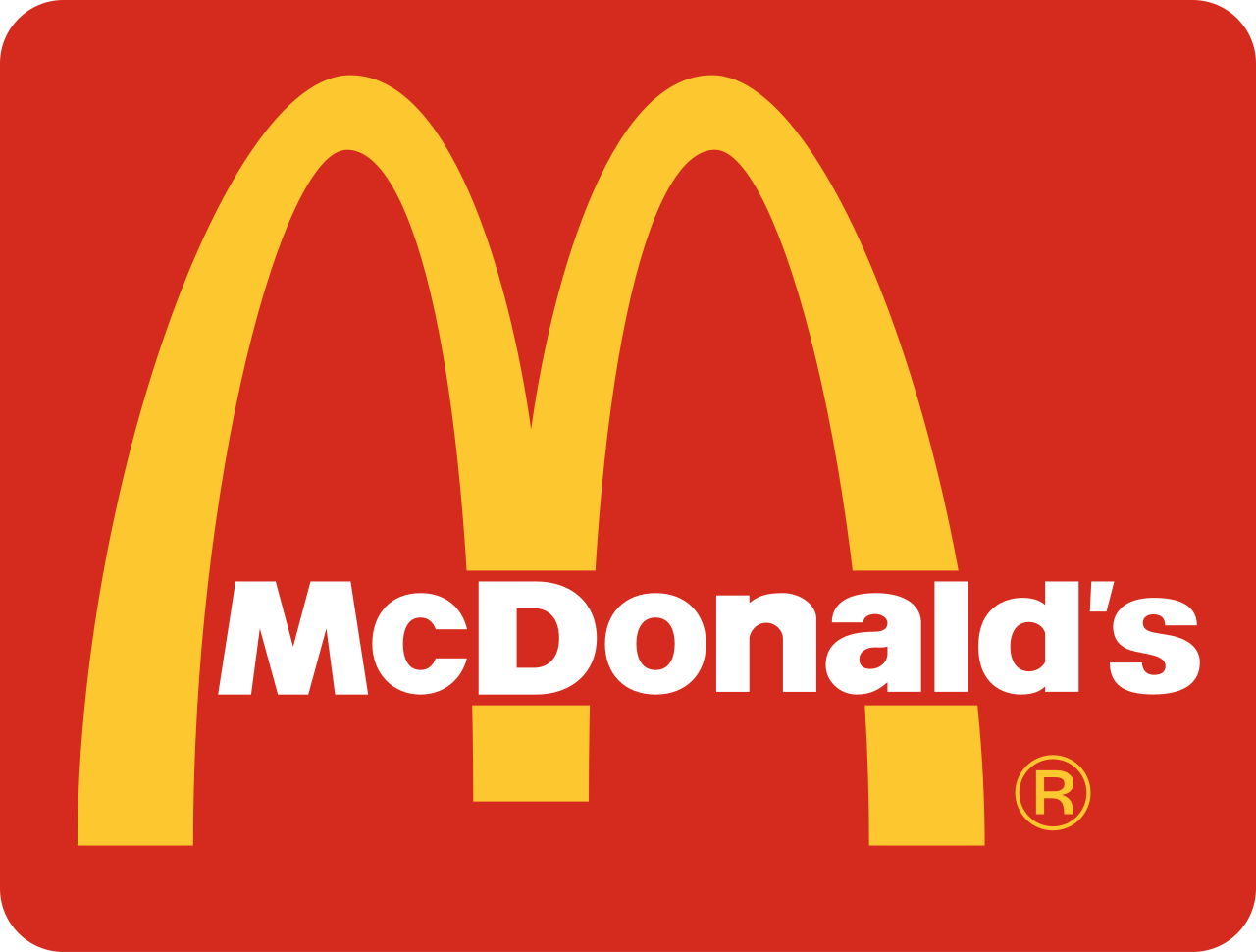
“Verde Energy Efficiency Experts worked really well with each of our locations, our energy savings was what they predicted, and we were cash flow positive on our project within eight months. I recommend Verde to any business or franchise owner, as they really understand our business and no one can match their pricing or expertise on new products. This is a great franchise energy savings solution for any new or experienced franchise owner.”
Sargon Mando, Franchise Owner and Operator

“Over my 41 years in commercial mechanical construction, Verde is one of the top three contractors I have had the pleasure of working with.”
Facilities Manager, Evanston Public Library
MCDONALD’S
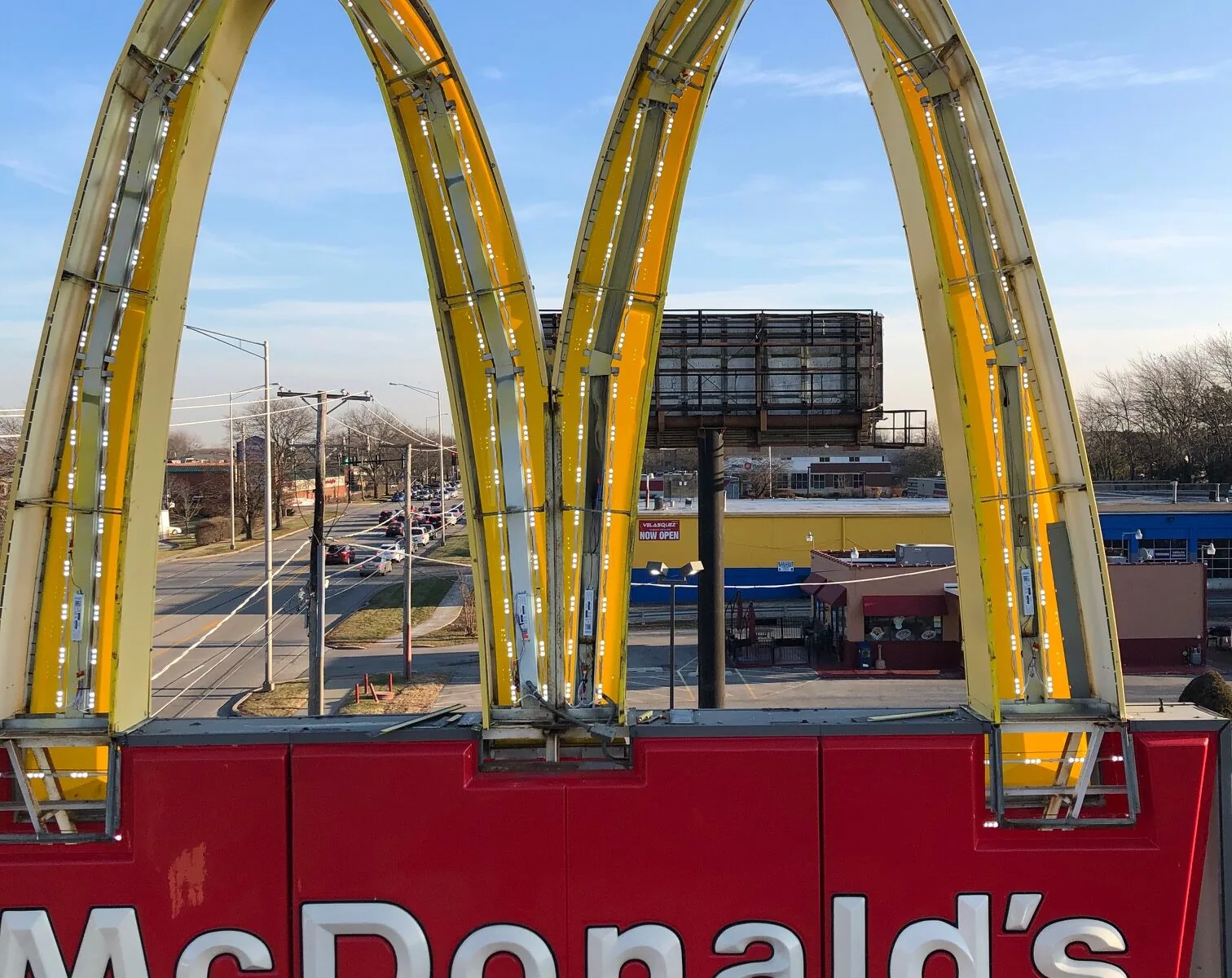
Situation: Verde was brought into a McDonald’s branch in Arlington Heights to provide an energy assessment that would hopefully lower operational costs and improve efficiency.
Problem: This McDonald’s branch had outdated lighting, outdated cooling and freezing, and outdated HVAC units.
Solution: Exterior lighting was converted to 75w LED, cooler and freezer T5 was converted to LED, interior kitchen and storage area was converted to 36 watt LED fixtures with advanced lighting controls, the play area was converted to LED fixtures, and 4 rooftop area HVAC units were converted to top of the line energy efficient units with economizers. In addition to the energy savings, McDonalds received brand new HVAC units with warranties on their entire rooftop HVAC system.
Result: LED lighting greatly improves visibility, while well-tuned economizers bring fresh air to cool their kitchen. Total project cost was $63,973 with an incentives rebate of $42,900. The McDonald’s Arlington Heights branch saved 103,617kWh annually as well as $10,361 in costs per year. The return on investment was calculated at 1.8 years.
LOS COMALES

Situation: Verde was brought into a Los Comales branch in Little Village to provide an energy assessment that would hopefully lower operational costs and improve efficiency.
Problem: This Los Comales chain was open for long hours with inefficient lighting. Heating/cooling was very elementary as well.
Solution: Verde connected them with incentive programs from both CLEAResult and ComEd, allowing them to make upgrades across many of their electrical systems. They addressed efficiency by installing LED lighting indoors and outdoors, smart thermostats, and high efficiency fan motors.
Result: LED lighting cut electricity usage by 80%, smart thermostats addressed heating/cooling during unoccupied times, and a control system on the fan motors prevented unnecessary operation. Total project cost was $19,441 with an incentives rebate of $12,710. The Los Comales Little Village branch saved 129,920 kWh annually as well as $11,692 in costs per year. The return on investment was calculated at 1.1 years.
VERIO GRAPHICS
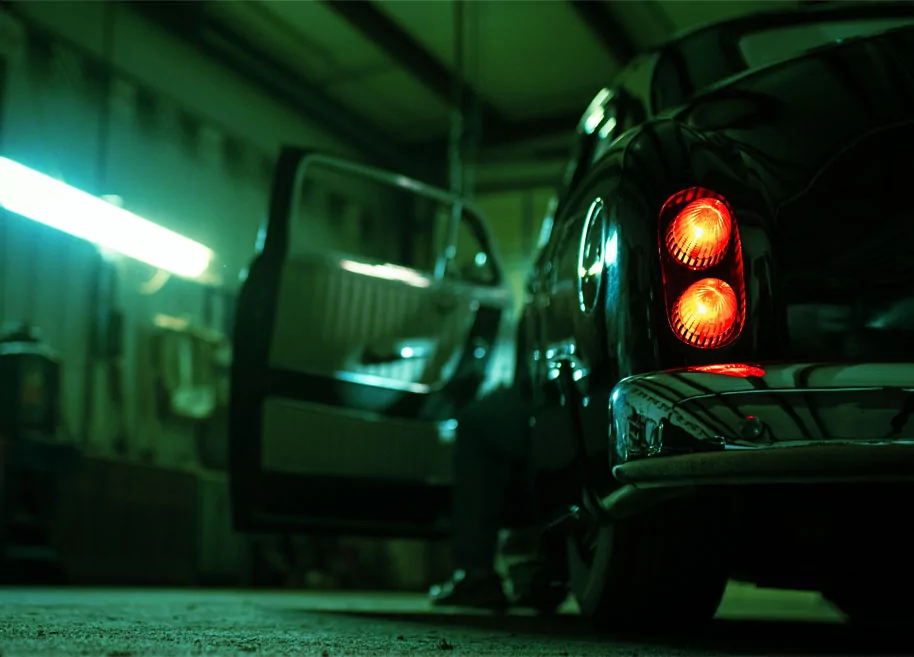
Situation: Once a Chicago movie theater, Forbidden Root now stands as a beautiful botanic brewery and restaurant in East Village. Verde helped Forbidden Root become more energy efficient mid-December, 2017.
Problem: Forbidden Root required improved lighting and refrigeration especially in their kitchen. Existing fluorescents provided insufficient lighting.
Solution: Verde improved their lighting (interior, exterior, and exit signs) and refrigeration, and installed many control measures such as smart powerstrips and occupancy sensors. LEDs automatically are better suited than fluorescents to provide a better, more evenly distributed light.
Result: LEDs provided brighter and more evenly distributed light to ensure a safer working space in the kitchen. Total project cost was $6,466 with an incentives rebate of $4,573. Forbidden Root saved 31,877 kWh annually as well as $2,623 in costs per year. The return on investment was calculated at 0.5 years.
FORBIDDEN ROOT
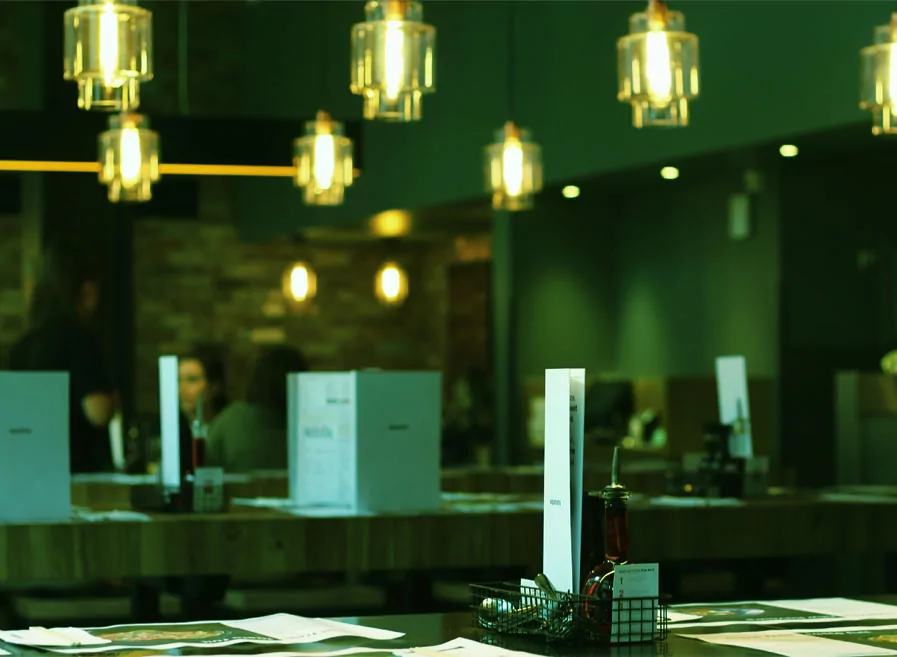
Situation: Once a Chicago movie theater, Forbidden Root now stands as a beautiful botanic brewery and restaurant in East Village. Verde helped Forbidden Root become more energy efficient mid-December, 2017.
Problem: Forbidden Root required improved lighting and refrigeration especially in their kitchen. Existing fluorescents provided insufficient lighting.
Solution: Verde improved their lighting (interior, exterior, and exit signs) and refrigeration, and installed many control measures such as smart powerstrips and occupancy sensors. LEDs automatically are better suited than fluorescents to provide a better, more evenly distributed light.
Result: LEDs provided brighter and more evenly distributed light to ensure a safer working space in the kitchen. Total project cost was $6,466 with an incentives rebate of $4,573. Forbidden Root saved 31,877 kWh annually as well as $2,623 in costs per year. The return on investment was calculated at 0.5 years.
WHEELING FIRE DEPARTMENT
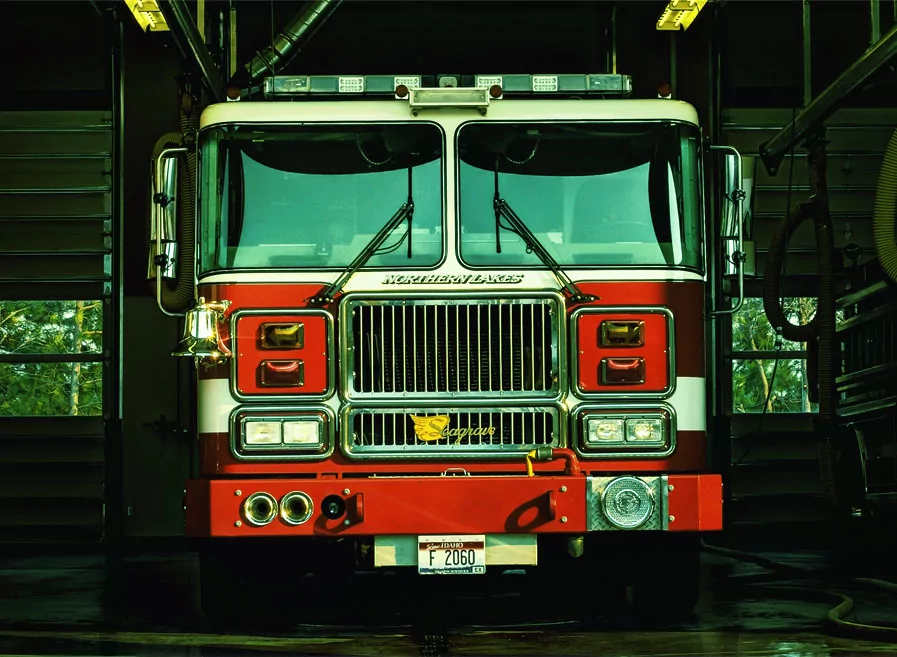
Situation: Verde visited the Wheeling Fire Department in April of 2008 to provide energy efficient upgrades and utilize grants available through ComEd’s Public Sector Small Facilities Program.
Problem: Their apparatus bay and work rooms were in need of an upgrade. Fire Departments consume a lot of energy due to the nature of them always being open and ready for calls.
Solution: Verde installed new lighting that was brighter than their old setup and choose a bright, white color. They also installed occupancy sensors to auto turn on/off lights in less frequently used rooms. They rearranged the apparatus for more clear visibility, and decreased overall energy consumption.
Result: The total project cost was $5,013.88 with an incentives rebate of $3,797.21. The Wheeling Fire Department saved 47,306 kWh annually as well as $4,258 in costs per year. The return on investment was calculated at 0.3 months.
SONO EAST APARTMENTS/GREYSTAR MANAGEMENT
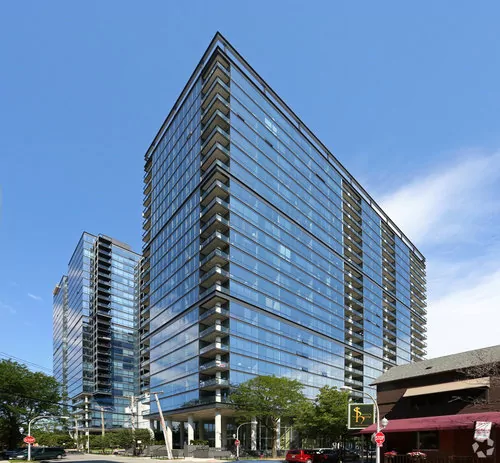
Situation: Verde worked with Greystar management to find a significant amount of savings potential in their luxury apartment high rise, SoNo East, utilizing rebates available through ComEd’s Standard Program as well as the ComEd Instant Discount Program.
Problem: Outdated lighting in the common areas as well as the garage were large energy drainers. They also provided less-than sufficient lighting.
Solution: Common areas were updated from T8s to TLEDs, but the biggest energy saver was swapping out 124 150W Metal Halides in their garage to LED flood lights.
Result: LED lighting resulted in brighter lighting than their old setup, a bright, white color, decreased energy consumption, and brighter, more secure parking garages. The total project cost was $27,649.52 with an incentives rebate of $9,616. SoNo East saved 226,157.57 kWh annually as well as $20,354.18 in costs per year. The return on investment was calculated at 1.4 years.
ALSIP-MERRIONETTE PARK PUBLIC LIBRARY
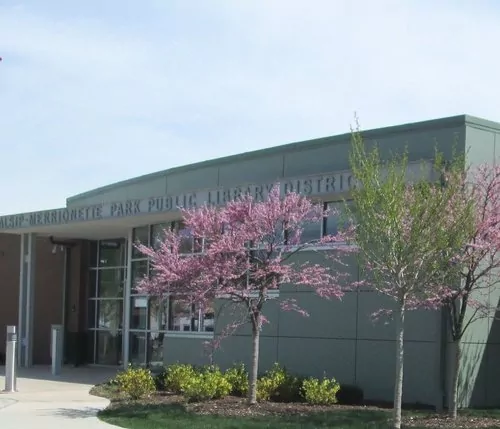
Situation: Modern libraries such as Alsip-Merrionette Park know that an investment in lighting is investing in the overall experience of their facilities for patrons. Verde Energy Efficiency Experts made recommendations and installed top of the line LED solutions in their space. Verde also applied rebates through the ComEd Standard program as well as Instant Discounts which cut their out of pocket expenses.
Problem: Lighting and controls were in need of an upgrade to give visitors and library staff the optimal environment to read and work.
Solution: The entryway, circulation, and adult services area were updated with Philips EvoKits as well as LED strips and socket retrofits. Verde also upgrade their metal halide exterior lighting with energy efficient LEDs. The project was broken down into 3 phases of work.
Result: Upgrades resulted in a brighter, white color, decreased energy consumption, fewer dark spots, and advanced lighting controls. The total project cost was $60,571 with an incentives rebate of $7,835.70. The Alsip-Merrionette Park Public Library saved 93,942 kWh annually as well as $9,539 in costs per year. The return on investment was calculated at 8.0 years.

